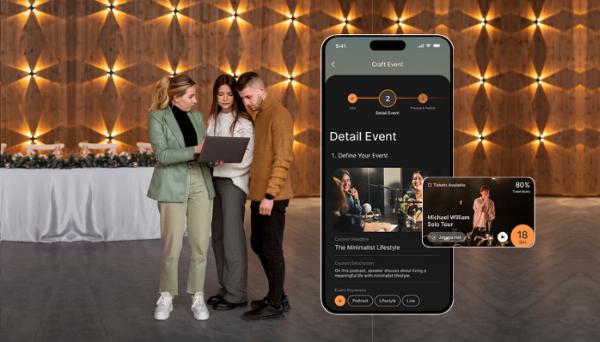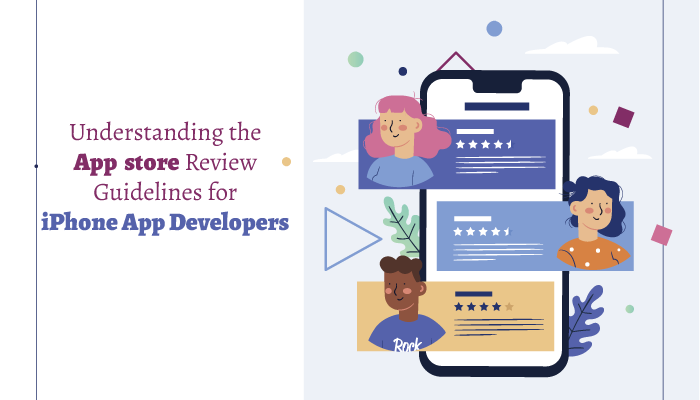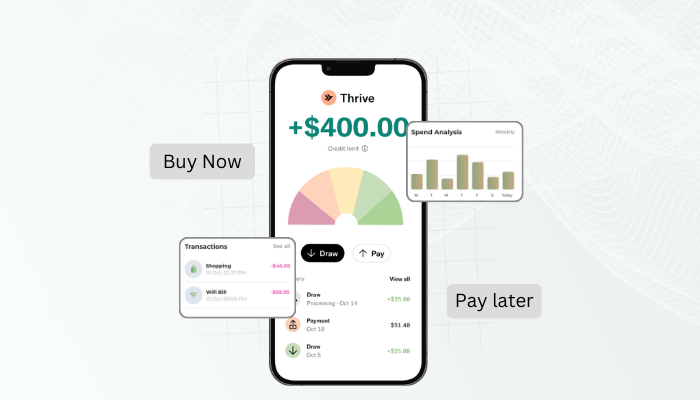 Press Releases That Rank – Boost Authority & Brand Trust Fast!
Press Releases That Rank – Boost Authority & Brand Trust Fast!
Live Streaming vs. On-Demand: Choosing the Right Model for Your Video App
Written by Ravi Tailor » Updated on: June 17th, 2025

At the current time, video consumption is at an all-time high.
Whether you are launching a new video app or optimizing an existing one, you need to make a critical decision: Should you focus on live streaming or make an on-demand app?
Questions like this need to be answered. So, this guide will help you understand the nuances of each model so you can choose the right strategy for your video app.
Understanding the Basics Let’s get to know about the basics first:
Live Streaming Live streaming allows you to broadcast video content in real-time.
Think of it as a virtual event where your audience watches as it happens. This format is perfect for webinars, concerts, gaming streams, and sports events.
The immediacy of live streaming creates an engaging atmosphere, allowing viewers to interact through comments, reactions, and live chats.
When to Choose Live Streaming:
1. Real-Time Engagement
If your audience craves interaction, live streaming is the way to go. Events like Q&A sessions, live performances, or even gaming tournaments thrive on viewer engagement.
2. Timeliness
For content that is timely and relevant—such as breaking news, live sports, or special announcements—live streaming can effectively capture audience interest in the moment.
3. FOMO (Fear of Missing Out)
Live events create a sense of urgency and exclusivity. Your audience may feel compelled to tune in when they know something is happening in real-time.
Live Streaming Content Ideas
1. Events and Webinars
Host live discussions, panels, or tutorials where viewers can ask questions in real-time.
2. Gaming Streams
Engage with viewers while playing popular games, allowing them to interact through chat.
3. Live Performances
You can stream concerts or art shows to reach fans who can’t attend in person.
On-Demand Video
On-demand video, on the other hand, lets users watch content whenever they choose.
This format is highly popular for movies, TV shows, tutorials, and educational content. Netflix and Hulu are a great example of Video Streaming App Development.
Users can pause, rewind, and replay as they please, making it a more flexible option for consuming media.
When to Choose On-Demand:
► Flexibility
If your audience prefers to consume content on their own schedule, on-demand is the better option. Users can watch at their convenience, making it easier to fit into busy lifestyles.
► Content Variety
On-demand allows for a broader range of content, from educational series to binge-worthy shows. This flexibility can cater to diverse audience interests.
► Content Longevity
On-demand videos can remain relevant for an extended period. Once created, they can continue to attract viewers long after the initial release.
► Content Strategy
Your content strategy plays a pivotal role in deciding between live streaming and on-demand formats.
► Audience Preferences
Before deciding which model to adopt, it’s crucial to understand your target audience.
On-Demand Content Ideas
♦ Series and Shows
You can build a video streaming app that can produce episodes users can binge-watch, similar to popular streaming services.
♦ Tutorials and Courses
Create educational content that viewers can learn from at their own pace.
♦ Interviews and Documentaries
These can be pre-recorded and edited for a polished final product.
Technology Considerations
1. Infrastructure
Both live streaming and on-demand require a robust infrastructure. However, the technical needs can differ.
2. Live Streaming
You need a reliable content delivery network (CDN) to handle real-time data transfer. Latency, buffering, and connection stability are crucial to ensure a seamless experience for your viewers.
3. Storage and Retrieval
Here, storage and retrieval systems take center stage. You’ll need a scalable cloud storage solution to host your videos and an efficient video player that supports various devices and screen sizes.
4. User Experience
The user experience should be seamless, regardless of the model you choose.
5. Live Streaming Features
Ensure your platform supports interactive features like chat, polls, and viewer reactions. This engagement can enhance the live experience.
6. On-Demand Features
Focus on search functionality, easy navigation, and personalized recommendations. Allow users to create playlists and download content for offline viewing.
Monetization Strategies
Monetization can significantly impact your choice between live streaming and on-demand.
Live Streaming Monetization Models
► Ticket Sales
Charge viewers for access to special live events or exclusive content. This way one can open another revenue stream for your app.
► Sponsorships
Sponsorships are a great monetization model. Partner with brands to promote their products during live streams.
► Donations and Subscriptions
Donations as well as Subscriptions are also becoming a huge part of revenue-earning models. Platforms like Twitch allow viewers to support creators through donations or subscription models. Whereas, Netflix-like apps ask for subscriptions.
On-Demand Monetization Models
► Subscription Models
Implement a subscription service where users pay monthly for access to your library of content. Subscription-based apps are quite famous in the market and On-demand apps can leverage that popularity.
► Ad Revenue
Incorporate ads into your on-demand videos in the free version. But, if they want to enjoy an ad-free experience, you can ask for a fee from subscribers.
► Pay-Per-View
Allow users to pay for individual pieces of content, such as movies or special events. This way, you can earn from pay-per-view and users can also enjoy the app without any subscription. Simply paying for what they really want to see.
Hybrid Approaches
Combining both live streaming and on-demand can provide a comprehensive experience for your users. This approach caters to different preferences and maximizes content reach. Here are some strategies to consider:
1. Live Events with On-Demand Access
After a live event, offer the recorded version as on-demand content. This way, users who missed the live show can still engage with the material.
2. Weekly Live Sessions with On-Demand Archives
Host a weekly live show while also maintaining an archive of previous episodes for on-demand viewing.
3. Interactive On-Demand Content
Incorporate elements of live streaming, such as polls and viewer engagement features, into your on-demand videos to create a more dynamic viewing experience.
Final Thoughts
Choosing between live streaming and on-demand video for your app isn’t a one-size-fits-all decision. You must carefully consider your target audience, content strategy, technological capabilities, and monetization plans.
If your audience thrives on real-time interaction and exclusivity, live streaming may be your best bet. Conversely, if they prefer the freedom to consume content at their leisure, then an on-demand model will likely resonate better.
Ultimately, you might find that a hybrid approach serves your audience best, combining the immediate thrill of live content with the convenience of on-demand viewing.
As you embark on this journey, stay tuned to your audience’s preferences and the ever-evolving landscape of video consumption. The right model for your video app is out there—your job is to find it and deliver an exceptional viewing experience.
Note: IndiBlogHub features both user-submitted and editorial content. We do not verify third-party contributions. Read our Disclaimer and Privacy Policyfor details.
Copyright © 2019-2025 IndiBlogHub.com. All rights reserved. Hosted on DigitalOcean for fast, reliable performance.
















